Trails & Westward Expansion
Nebraska City - A Brief History
Nebraska City, situated along the Missouri River, traces its origins to the early 19th century when Lewis and Clark identified the area as a promising site for settlement. The establishment of Fort Kearney in 1846 marked the city's initial development, serving as a strategic military post and supply center.
Although the fort was soon abandoned, the location's significance persisted, particularly with John Boulware's ferry service facilitating westward migration during the Gold Rush. The community, initially known as Table Creek, was renamed Nebraska City in 1854 and officially incorporated in 1855. Over time, it absorbed neighboring settlements like Kearney City and South Nebraska City, forming the unified city known today.
Nebraska City's growth was propelled by its advantageous position for transportation and agriculture. The arrival of the Burlington and Missouri River Railroad in 1871 spurred industrial expansion, especially in manufacturing agricultural equipment. J. Sterling Morton, a prominent resident, advocated for tree planting, leading to the establishment of Arbor Day and the creation of Arbor Lodge, now a state historical park.
In recent years, the city has embraced tourism and the arts, hosting events like the AppleJack Festival and initiatives such as the Enchanted Arboretum. These endeavors, along with its rich history and cultural offerings, continue to define Nebraska City's unique character.
Key Trails For Westward Expansion
The Oregon Trail
A major route for settlers migrating to Oregon and Washington, known for its long distance and the challenges faced by pioneers. It started in Independence, Missouri, and ended in Oregon City, Oregon, spanning over 2,000 miles.
The Oregon Trail, a historic route used by pioneers traveling west in the 19th century, passed through Nebraska, impacting the state's development and leaving behind numerous sites and landmarks. Nebraska served as a crucial transit point, with several towns and forts like Fort Kearny acting as "jumping-off places" for westward migration.
Key Aspects of the Oregon Trail
01
Route
The trail followed the Kansas River west, then the Little Blue north into Nebraska, eventually converging near Fort Kearny on the Platte River.
Impact
02
Nebraska's geography, particularly the Platte River Valley, played a significant role in the trail's path, offering natural roadways and water sources.
Historical Sites
03
Numerous sites, including Fort Kearny State Historical Park, The Archway, Chimney Rock National Historic Site, and Ash Hollow State Park, preserve and interpret the history of the Oregon Trail in Nebraska.
Travel
04
Thousands of emigrants, wagon trains, and other forms of transport, including stagecoaches, Pony Express riders, and the military, used the Nebraska section of the trail.
Settlement
05
Towns developed along the trail in Nebraska, reflecting the westward movement and eventual establishment of settlements throughout the state.
Transition
06
As technology advanced, trains and later automobiles replaced wagons on parts of the Oregon Trail, leading to the development of roads and highways, including Interstate 80, which now traverses the former trail.
Landmarks
07
Landmarks like Chimney Rock and Scotts Bluff National Monument served as visual markers for travelers and continue to attract visitors today.
Other Key Trails
Several trails facilitated westward movement in the 19th century, including the Oregon Trail, California Trail, Mormon Trail, Santa Fe Trail, and Old Spanish Trail. These trails were crucial for migration, trade, and exploration during the westward expansion of the United States.

California Trail
A route to Sacramento, California, used by gold seekers during the gold rush and other pioneers seeking new opportunities.

Mormon Trail
Used by Mormon pioneers traveling from Nauvoo, Illinois, to Salt Lake City, Utah, driven by religious reasons and seeking to establish a new society.

Sante Fe Trail
A foreign trade route from Independence, Missouri, to Santa Fe, New Mexico, facilitating trade between American pioneers, Mexican settlers, and indigenous peoples.

Old Spanish Trail
Connected Santa Fe to Southern California, also known for its challenging terrain and as a trade route.

